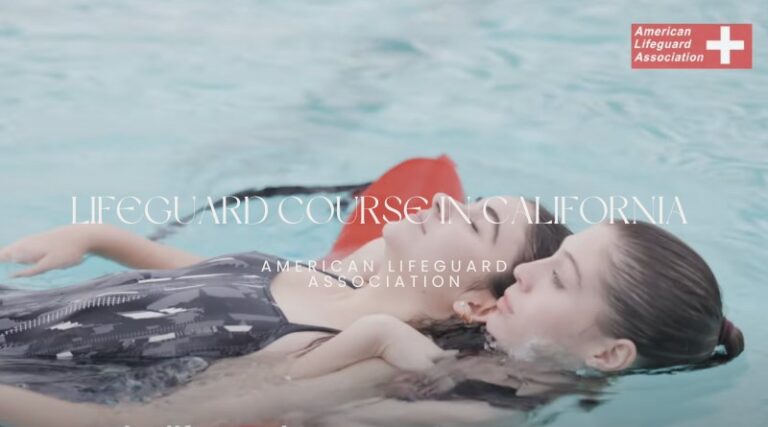After getting lifeguard training, you get lifeguard certification which is important to get a job. The certification is required for becoming a lifeguard. The certification shows that you have the skills and knowledge necessary to be a lifeguard. After two years, you will need to renew your certification by completing a recertification course.
The lifeguard course for certification will cover the same topics as the original course of lifeguard training. This includes swimming, water rescue, first aid, CPR, and AED use. You will also be required to pass a written and practical exam.
Here are some of the reasons why lifeguards need to be recertified:
-
Skills and knowledge need to be updated:
Getting recertification is necessary for even good lifeguards. The recertification course ensures that your techniques are up to date. New techniques are being introduced in water safety on a regular basis. The recertification class introduces you to all the new equipment and how to use them.
-
Water safety is constantly evolving:
The world of water safety is constantly evolving, with new hazards and risks emerging all the time. By recertifying, lifeguards can stay up-to-date on the latest water safety information and techniques.
-
Recertification helps to ensure public safety:
Recertification helps to ensure that lifeguards are properly trained and qualified to perform their duties. This is important for the safety of the public, who rely on lifeguards to keep them safe in and around water.
-
Lifeguard certification:
The ALA’s lifeguard certification course is a comprehensive course that covers all of the skills and knowledge necessary to be a lifeguard. The course includes training in swimming, water rescue, first aid, CPR, and AED use.
-
Lifeguard recertification:
The ALA’s lifeguard recertification course is a shorter course that covers the latest water safety techniques and procedures. The course is designed to help lifeguards stay up-to-date on the latest information and techniques in the field of lifeguarding.
- Course content: The certification course covers a variety of topics, including:
- Swimming
- Water Rescue
- First aid
- CPR
- AED use
- Water safety
- Course format: The lifeguard course in California is typically offered in a variety of formats, including:
- In-person
- Online
- Blended learning
Prerequisites for Becoming a Lifeguard in California
Here are some additional details about the prerequisites for becoming a lifeguard in California:
- Age: The minimum age to become a lifeguard in California is 15 years old. In most cases, the employers required older and more mature people as a lifeguard.
- Swimming ability: You must be able to swim at least 200 yards continuously, tread water for 10 minutes, and rescue a person from the water. You must also be able to swim in a variety of conditions, including waves, currents, and tides.
- First aid and CPR certification: You must be certified in first aid and CPR. You can get certified through the American Red Cross, the National Lifeguard Association, or another reputable organization.
- Water safety knowledge: You must have a basic understanding of water safety. This includes knowing how to prevent drowning, how to rescue a person from the water, and how to provide first aid and CPR.
- Physical fitness: You must be physically fit enough to perform the duties of a lifeguard. This includes being able to swim for long periods of time, run, and lift objects.
- Experience: Some employers may require you to have experience in lifeguarding or a related field. This could include working as a lifeguard at a pool, beach, or water park.
- Background check: Some employers may require you to pass a background check. This is to ensure that you have no criminal history that would make you unfit to be a lifeguard.
- Drug test: Some employers may require you to pass a drug test. This is to ensure that you are not under the influence of drugs while on the job.
If you meet all of the prerequisites, you can apply for a lifeguard position with a local lifeguarding agency. The American Lifeguard Association has given its process and requirement for enrollment in a lifeguard course on its website. However, you will typically need to submit an application, a resume, and letters of recommendation. They can also take an interview before getting registered with them for serving as a lifeguard.
The American Lifeguard Association (ALA) is training lifeguards for more than three decades. They have their training facilities in all the major cities of the United States. If you are interested in becoming a lifeguard and find these given reasons interesting, then stop searching on the internet for the query ‘lifeguard training near me’ and contact ALA for more information on the lifeguard courses.

0 Comments